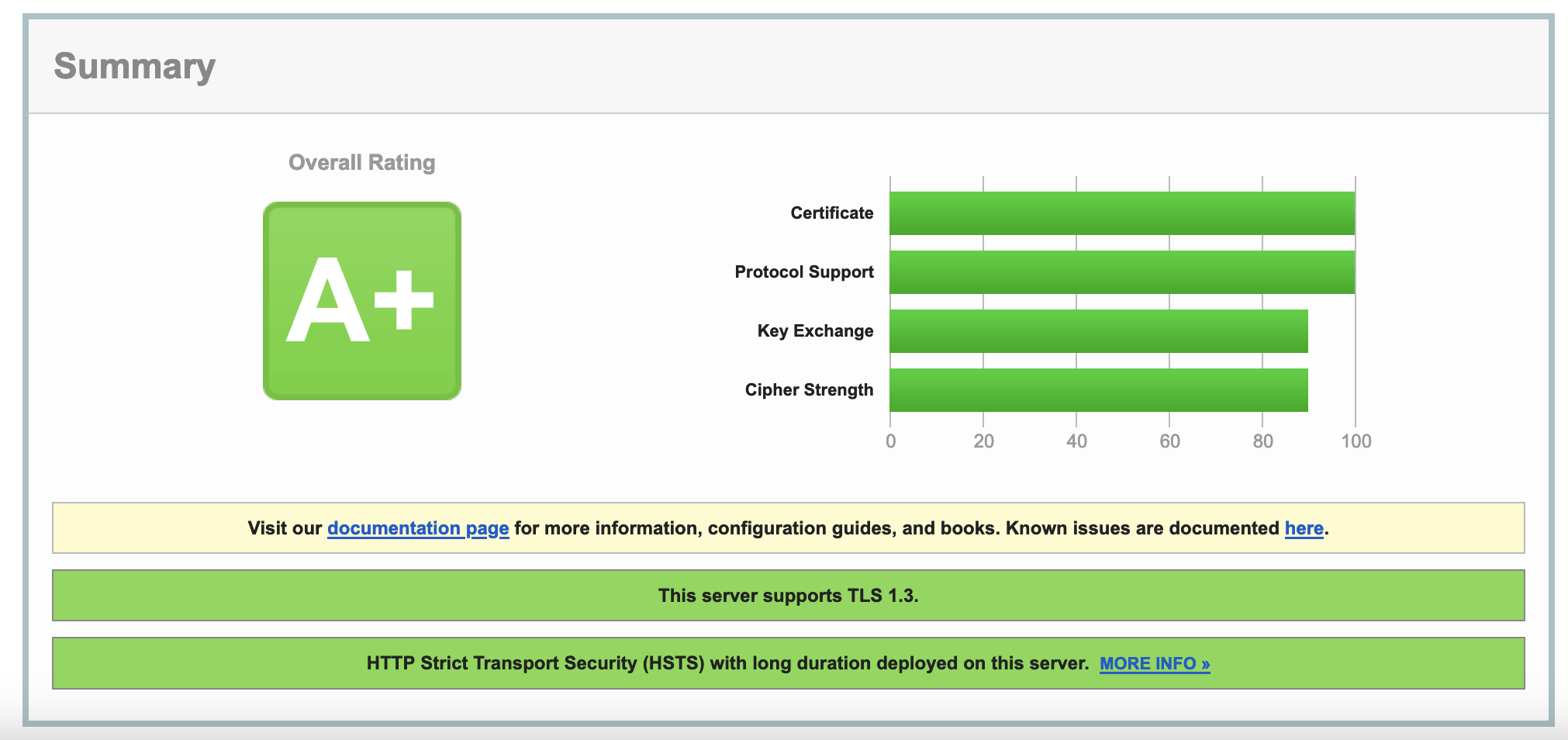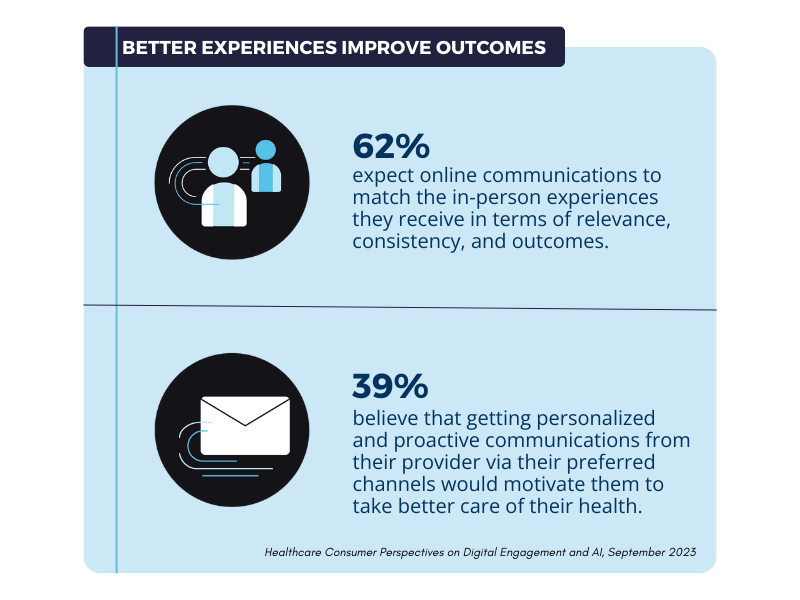Patient engagement occurs across three levels: consultation, involvement, and partnership. These progressive levels describe how patients interact with healthcare systems and participate in their care decisions. Healthcare organizations design communication strategies, technologies, and care models to move patients through these engagement levels, ultimately improving health outcomes and patient satisfaction while reducing costs.
The Consultation Level of Patient Engagement
The consultation level marks the starting point for patient engagement in most healthcare settings. At this level, patients receive information about their health conditions and treatment options from healthcare providers. Communication flows primarily from provider to patient, with limited opportunity for patient input. Patients ask basic questions about their care but generally follow provider recommendations without substantial discussion. Healthcare organizations implement patient portals and educational materials to support information sharing at this level. Appointment reminders and basic health tracking tools help patients follow prescribed care plans. The consultation level of patient engagement meets minimum standards for informed consent but doesn’t fully utilize patient knowledge and capabilities in the care process.
The Involvement Level of Patient Engagement
As patients move to the involvement level of engagement, they become more active participants in their healthcare decisions. Providers seek patient input about preferences and priorities when developing treatment plans. Patients regularly track health metrics and report symptoms between appointments using digital tools and paper logs. Care teams establish two-way communication channels through secure messaging and follow-up calls. Patients receive education about their conditions that enables them to make more informed choices about treatment options. Healthcare organizations measure involvement through metrics like patient portal usage, appointment attendance, and treatment plan adherence. The involvement level of patient engagement creates more personalized care experiences while improving clinical outcomes through better treatment adherence and earlier problem identification.
The Partnership Level of Patient Engagement
The partnership level is the most advanced form of patient engagement, where patients function as true collaborators with their healthcare team. Patients and providers make decisions jointly, with providers offering medical expertise while respecting patient values and preferences. Care planning becomes a shared activity with mutually established goals and responsibilities. Patients access and contribute to their health records, adding context to clinical data. Healthcare organizations include patient advisors in program development and quality improvement initiatives. Technology platforms support robust data sharing between patients and providers, integrating patient-generated health data with clinical systems. The partnership level of patient engagement transforms the traditional healthcare hierarchy into a collaborative relationship that recognizes patients’ expertise about their own health experiences.
Factors Influencing Patient Engagement Levels
Several factors determine which level of patient engagement an individual can achieve at any given time. Health literacy affects patients’ ability to understand medical information and participate in decision-making. Cultural backgrounds influence expectations about patient-provider relationships and appropriate levels of involvement. Digital access and technology skills impact how effectively patients can use engagement tools. Chronic conditions often motivate higher engagement levels as patients develop expertise managing long-term health issues. Healthcare system design either facilitates or creates barriers to engagement through appointment scheduling, communication policies, and information accessibility. Provider communication styles and willingness to share decision-making power affect how comfortable patients feel increasing their engagement level.
Measuring Patient Engagement Across Levels
Healthcare organizations use various metrics to assess patient engagement at each level. Survey tools like the Patient Activation Measure (PAM) quantify patients’ knowledge, skills, and confidence in managing their health. Digital platform analytics track how patients interact with portals, mobile apps, and communication tools. Care plan adherence rates indicate how actively patients follow recommended treatments and lifestyle changes. Patient-reported outcome measures capture health improvements resulting from engagement activities. Healthcare utilization patterns often shift as engagement levels increase, with fewer emergency visits and more appropriate preventive care. These measurement approaches help organizations track progress in their patient engagement initiatives and identify areas needing improvement.
Strategies for Advancing Patient Engagement
Healthcare organizations implement targeted strategies to help patients advance through engagement levels. Communication training for clinical staff develops skills in shared decision-making and patient activation. Technology selection focuses on tools accessible to diverse patient populations with varying digital literacy. Care team redesign creates roles dedicated to patient education and self-management support. Process improvements reduce barriers to engagement by simplifying scheduling, communication, and information access. Population segmentation allows for personalised engagement approaches based on patient characteristics and needs. Incentive structures for both providers and patients reward activities that increase engagement levels. Through these strategic approaches, healthcare organizations create environments where patients can progress toward more active participation in their healthcare.
Benefits of Advancing Patient Engagement Levels
Moving patients to higher engagement levels creates substantial benefits for individuals and healthcare systems. Patients experience improved health outcomes as they become more knowledgeable and confident managing their conditions. Clinical quality measures improve through better treatment adherence and more effective care planning. Healthcare costs often decrease with reductions in unnecessary services and better chronic disease management. Patient satisfaction increases when care aligns more closely with individual preferences and priorities. Provider satisfaction improves through more productive interactions and shared responsibility for health outcomes. Healthcare organizations that successfully advance patient engagement across all three levels position themselves for success in value-based payment models that reward better outcomes and patient experiences.













